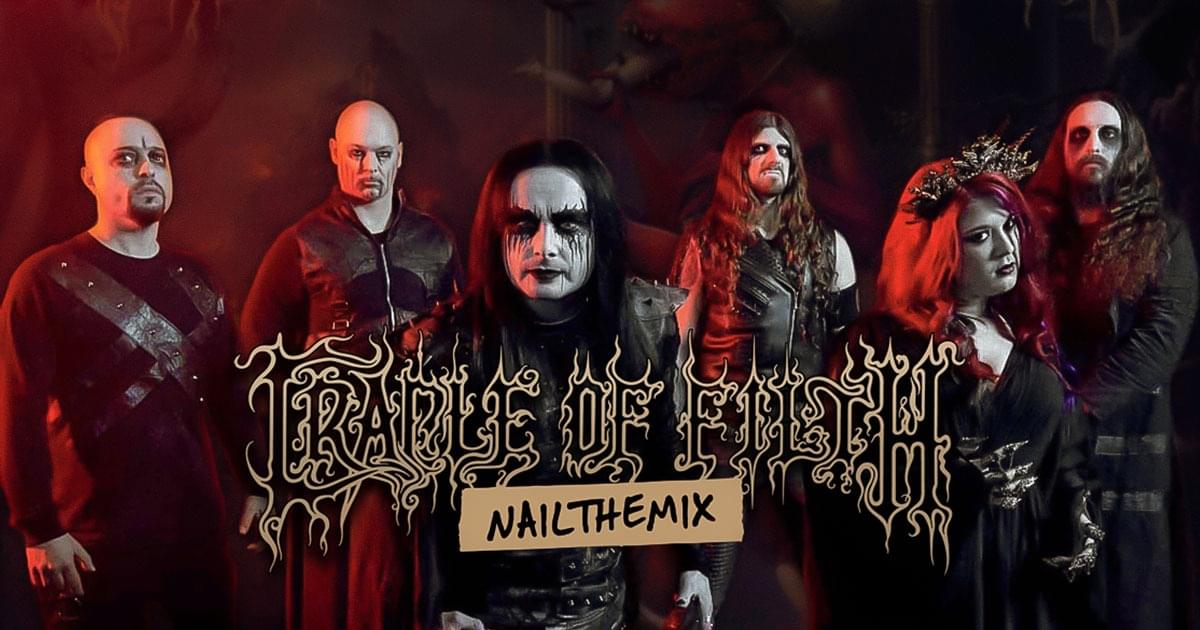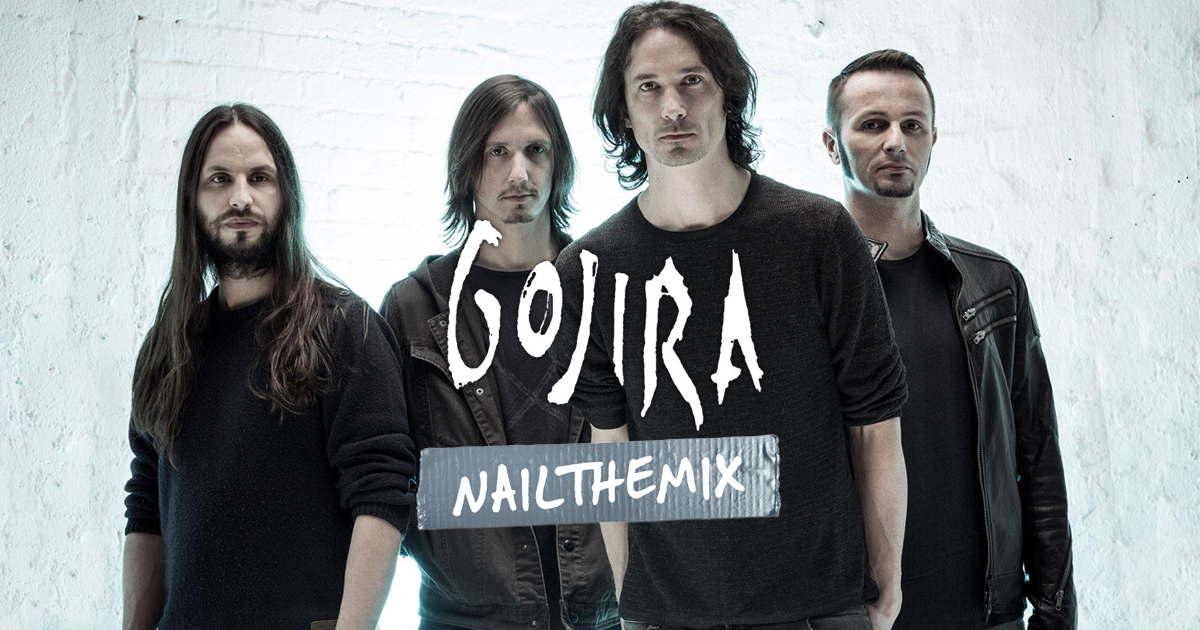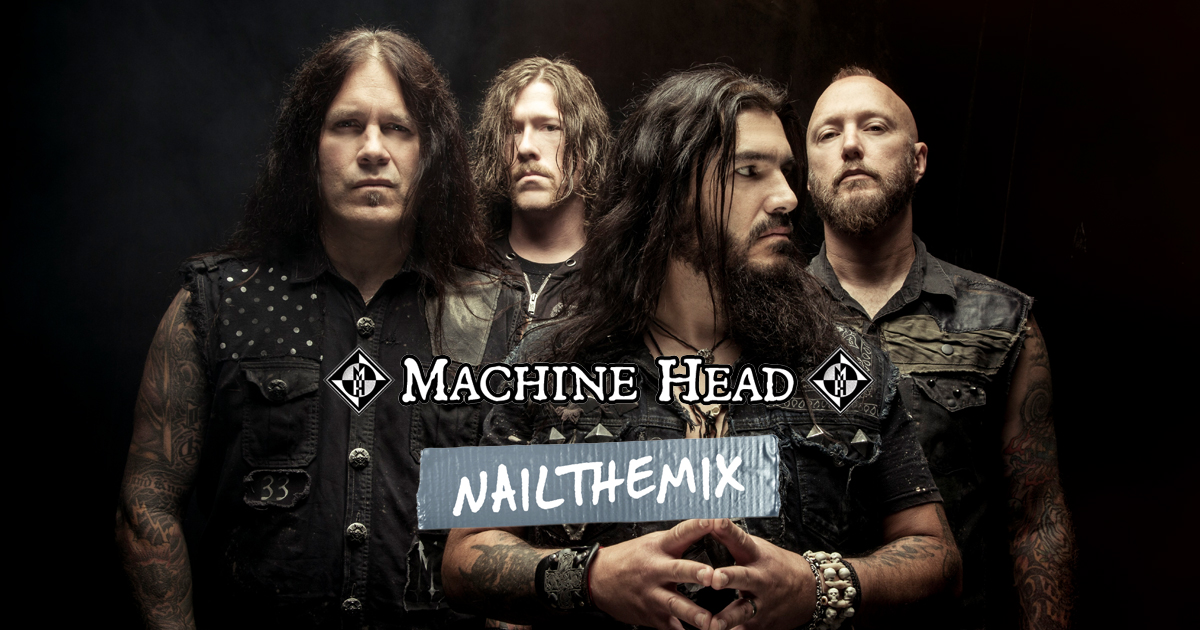
Inside the “Chelsea Smile” Sessions: Mixing Bring Me The Horizon’s Raw Tracks
Nail The Mix Staff
Let’s dive into a certified metalcore classic. Bring Me The Horizon’s “Chelsea Smile” is an absolute monster of a track, and a huge part of its legendary status comes down to the production and mix by the iconic duo, Fredrik Nordström and Henrik Udd. It’s a masterclass in aggressive, energetic, and polished modern metal.
But what if you could peel back the layers and see what the raw, unmixed tracks from those 2008 sessions actually sound like? Thanks to Nail The Mix, we can do just that. We’re unboxing the raw multitracks, and what’s inside is a perfect lesson for any producer: a massive mix starts with incredible source material.
The Guitars: Raw Power from the Fredman Era
Before a single plugin is loaded, the raw guitar tones for “Chelsea Smile” are absolutely phenomenal, even by today’s standards. This is the sound that producers chase for years. The session is built on four rhythm guitar tracks—a classic quad-tracked setup with two hard-panned left and two hard-panned right.
Performance and Panning Nuances
A key note from Fredrik Nordström himself reveals a subtle but important detail: “Guitar 2” in each pair is meant to be tucked just slightly underneath “Guitar 1” in volume. This isn’t about perfect balance; it’s about creating a dominant-support relationship that gives the overall tone a solid core while maintaining width and a sense of layered power.
Vertical Riffing for Tonal Consistency
Listen closely to the riffs, and you’ll notice something about how they’re played. It sounds like many of the key phrases are played high up the neck on a single string, rather than moving across multiple strings in a lower position. This technique, which you could call “vertical playing,” has a huge impact on the tone.
When you switch strings mid-riff, there’s always a slight timbral change. By keeping the riff on one string, you get an incredibly consistent and thick tone. You can test this yourself:
- Record a guitar harmony on an adjacent string from the main riff.
- Now, learn that same harmony part on the same string as the main riff, just higher up the neck.
- A/B the two recordings. The second version will sound far more cohesive and unified. It’s a pro move that makes a world of difference.
Deconstructing the Drum Sound from a Bank Vault
The raw drums are simple, direct, and dripping with a powerful, head-bobbing feel. There’s no fluff here. Interestingly, these were tracked in a concrete bank safe—a highly unusual and reflective space. This likely influenced the decision to use a very stripped-down mic setup.
A Minimalist Mic Approach
The session proves you don’t need dozens of mics for a killer drum sound. The setup is lean:
- Two kick mics (providing both low-end weight and beater attack)
- Snare Top and Snare Bottom
- Three Tom mics (High, Mid, Low)
- Stereo Overheads
That’s it. There are no dedicated room mics, which might seem strange for such an aggressive track.
Creating Space Without Room Mics
So, how do you get a huge, ambient drum sound from such a direct setup? This is where modern mixing techniques come in. You’re not stuck with just the close mics.
- Process the Overheads: The overheads capture the entire kit and some of the natural “bank vault” ambience. With smart EQ and compression strategies, you can shape the overheads to act like a room track, bringing out the sustain and space without washing out the direct hits.
- Create Fake Rooms: Use sends to route your snare or entire kit to an aux track and apply a room reverb plugin. This gives you complete control over the size and character of the space, letting you blend it in to taste.
The Power of a Clean Trigger Track
The producers also thoughtfully included raw trigger tracks for the kick, snare, and all three toms. These aren’t pre-processed samples; they are the pure, clean audio signal from triggers placed on the actual drums. This is a mixer’s dream, as it allows for flawless sample blending or replacement without the hassle of dealing with bleed or mis-hits from the audio tracks.
The Vocal Performance: Raw and Unapologetic
Oli Sykes’ vocal performance is pure, raw emotion. You can hear the strain and intensity in every line, creating a sense of genuine aggression that processing can’t fake. It already sounds naturally overdriven and nasty in the best possible way.
Single-Tracking for Intimacy and Impact
What’s most surprising is that many of the main vocal lines are single-tracked. In heavy music, it’s common to stack and double vocals to get them to cut through a dense wall of guitars. But here, the lead vocal is strong enough to stand on its own, giving it a more intimate and direct feel.
This makes the moments with layered vocals, like the gang chants, even more impactful.
The Secret to Massive Gang Vocals
Speaking of gangs, listen to the “Red flag! Red flag!” chants. They aren’t perfectly aligned. You can hear slight timing variations between the different takes. This is the secret! Don’t quantize or hyper-edit your gang vocals. That looseness is precisely what makes a few voices sound like a massive, angry crowd.
Building Dynamics with Programming and Arrangement
“Chelsea Smile” also showcases the early stages of the electronic and programmed elements that would become a signature part of BMTH’s sound. The track features strings, explosions, synths, and sub-basses that create a dramatic shift in the middle of the song.
The Transition Challenge: Metal to Electronic and Back
One of the biggest amateur mixing mistakes happens right here. It’s easy to make a programmed, synth-heavy section sound epic and massive, only to have the live band sound small and weak when they re-enter.
The key is to manage your dynamics. The programmed section needs to be powerful but leave headroom for the band to come crashing back in even bigger. This requires careful automation and understanding how to use compression not just for loudness, but for dynamic control to ensure the heavy parts always have the most impact.
Arrangement as a Mixing Guide
The original production already provides a perfect roadmap for the mixer. In one transition, the vocals are processed with a vinyl stop (Vari-Fi style) effect, making them sound very small and isolated. This is baked into the raw tracks. It’s a deliberate arrangement choice that sets up the explosion of the full band perfectly. When the arrangement gives you dynamic cues like this, your job as a mixer is to simply enhance them.

100+ Insanely Detailed Mixing Tutorials
We leave absolutely nothing out, showing you every single step
The Golden Rule: It MUST Sound Good Raw
If there’s one lesson to take from these tracks, it’s this: stop trying to “fix it in the mix.” The “Chelsea Smile” guitars sound absolutely monstrous raw, coming straight through the mics. If your tracks don’t have that magic from the start, no amount of EQ or plugins will create it.
Before you hit record, scrutinize everything: the player, the guitar, the pickups, the strings, the amp, the cab, the microphones, and even the picks. If it doesn’t sound awesome in the room and awesome on the raw recording, keep working on it.
Bring Me The Horizon on Nail The Mix
Fredrik Nordstrom mixes "Chelsea Smile"
Get the Session
Hearing about these techniques is one thing, but getting to apply them to world-class source material is how you truly grow. With Nail The Mix, you can download these exact multitracks from “Chelsea Smile” and learn how to build a pro mix from the ground up. Stop guessing and start learning from the producers who defined the sound.
Ready to get your hands on these tracks and learn from the legends themselves? Get the “Chelsea Smile” multitracks and exclusive mix session with Fredrik Nordström on Nail The Mix.
Get a new set of multi-tracks every month from a world-class artist, a livestream with the producer who mixed it, 100+ tutorials, our exclusive plugins and more
Get Started for $1





